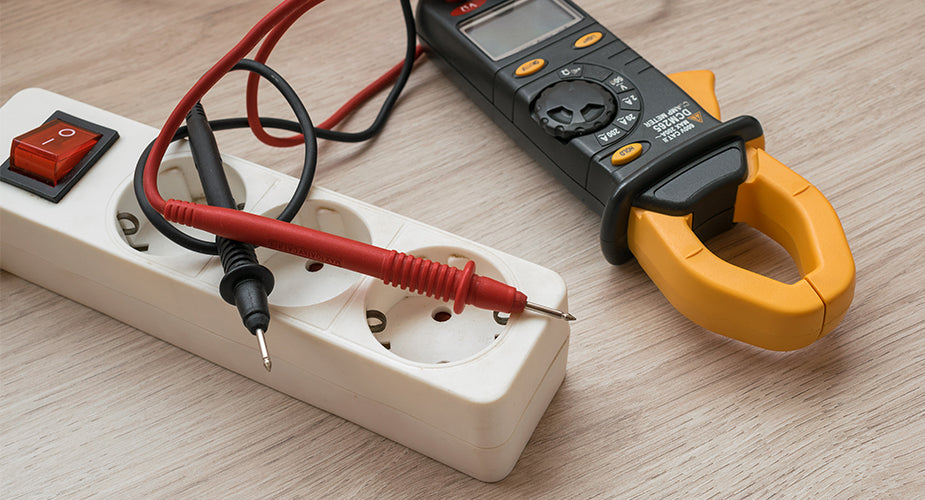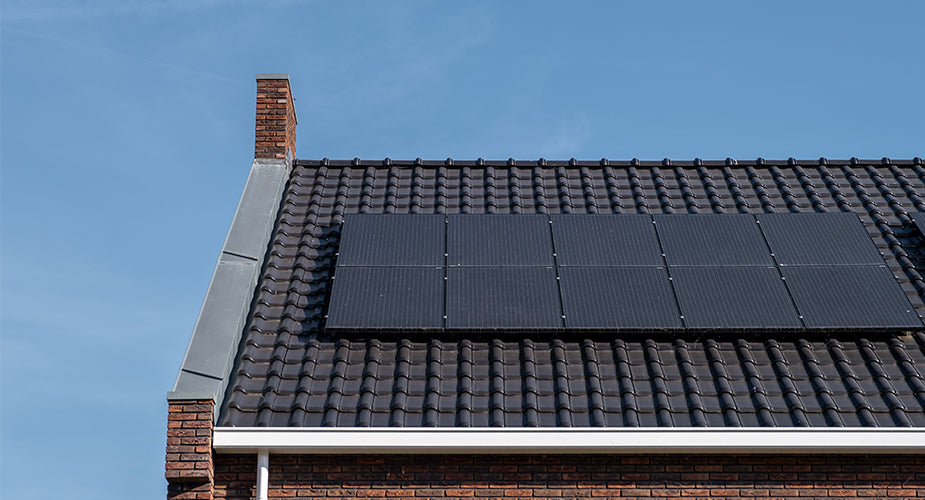Understanding and knowing how to convert basic units of electricity can make a huge impact when it comes to optimizing energy systems, whether for household appliances and personal electronic gadgets or backup power sources such as solar generators.
Watts, amps, and volts are three of the fundamental units of measurement related to electricity. Converting electrical units is integral to safely matching power supplies and devices. So what are the formulas for these?
All About Watts, Amps, and Volts
Before diving right into the conversion lesson, let us first define the units found in the formulas: watts, amps, and volts.
To commemorate James Watt’s contribution to the Industrial Revolution, scientists use watt (W) as the unit of measurement that signifies power. It tells you the rate at which electrical energy is generated, absorbed, or dissipated. The higher the wattage of an electrical device, the more energy per second is consumed or delivered.
Named after the French physicist, André-Marie Ampère, amps (amperes or A)is the unit of electricity that measures the intensity of an electric current. It represents the rate of flow of electric charge, also known as electrons, through a conductor. Amps help you identify the amount of electricity an appliance needs to operate.
Volts (V), derived from Alessandro Volta, an Italian physicist, is the required effort to transfer one electric charge or electron from one location to another. Signified by voltage, a higher voltage means there is a stronger push on the electrons that causes them to flow more vigorously.
Below is an analogy that will help you understand better the relationship of these three units with each other.
Imagine water flowing through a pipe and out to power a waterwheel. The rate at which the waterwheel turns will be the watts. The volume of water that is flowing through the pipe will be considered as the amps. And finally, the volts would be the water pressure or the amount of force that is pushing the water.
Understanding AC/DC
Alternating Current also known as AC and Direct Current also known as DC are two ways electrical current can flow with the direction of the electron flow as the differentiating factor.
AC is like a wave that constantly changes direction. Commonly used in residential setups and household appliances, it is considered better for transmitting electricity over long distances due to efficient voltage changes.
DC, in contrast, sees a consistent flow of electrons in just one direction. It is commonly used in batteries for electronics and solar power.
It is important to understand these concepts as the conversion of watts to amps will vary depending on which of the two you are working with.
Let’s Convert: Watts to Amps for DC Power
Converting watts to amps for DC power is straightforward. Let us use the formula below.
Watts / Volts = Amps
2400W / 120V = 20A
= 20 Amps
Let’s Convert: Watts to Amps for AC Power
Converting watts to amps for AC power has a similar formula as DC but with a potential additional consideration, the power factor (PF).
The power factor shows the difference between the actual power (watts) and the apparent power (volt-amperes). Including this during conversion provides a more accurate result.
Household appliances with resistive heating elements like toasters or hair dryers typically have a PF of 1. However, some appliances with motors, compressors, or other inductive/capacitive components might have a PF of less than 1. If you are unsure about the power factor and need a more precise conversion, consult the appliance's manual or the manufacturer’s specifications.
Formula for AC Power without Power Factor
Watts / Volts = Amps
1200W / 120V = 10A
= 10 Amps
Formula for AC Power with Power Factor
Watts / (Volts * PF) = Amps
1000W / (240V * 0.7) = 5.95A
= 6 Amps (rounded off)
Just a friendly reminder. The power factor consideration adds complexity for some appliances. If you are unsure about the power factor or you are not comfortable dealing with critical electrical systems, consulting a qualified electrician is highly recommended.
So How Many Watts are there in An Amp?
We need to know the voltage of the system if we would like to know how many watts are there in one amp. There is no direct way to convert watts to amps because they relate to different aspects of electricity. If you know the amps and the voltage of the system, then you can easily calculate the watts. However, it will be impossible to identify the watts of the system just from amps alone.
Let’s see the formula and the example below for better understanding.
As you can see, the number of watts associated with 1 amp varies depending on the voltage.
Why You Should Know How To Convert Watts (W) to Amps (A)?
There are several reasons why knowing how to convert watts (W) to amps (A) is important especially when you are planning to enhance your power system.
- Understanding the relationship between amps and watts helps ensure that your electrical circuits are not overloaded. By converting the wattage of your appliances to amps, you can verify if the circuit can handle the total current draw. Exceeding a circuit's capacity can lead to overheating, fires, and damage to equipment and this is something we do not want to happen.
- When choosing electrical components like wires, fuses, or circuit breakers for your electrical system, you need to know the amperage they can handle. Converting watts to amps helps you select components with the right capacity for your specific application.
- Knowing the wattage of an electronic device will help you determine the power supply that you will need to make the device work. Converting watts to amps helps you choose a compatible power supply.
- Last but not least, for those who are looking to buy solar power systems, understanding watts-to-amps conversion is crucial for identifying the right capacity of the system. You need to calculate the total wattage of your appliances to determine how much current your solar panels and inverter need to generate.
Final Thoughts
Conversion of electrical measurements may seem like a daunting topic to learn. However, if you make an effort to grasp at least the basic concepts of watts, amps, and volts, the knowledge you gain will help you make more informed choices in terms of electrical safety, power system optimization, and even when choosing backup power solutions such as solar power systems.
* We want to give credit where credit is due. Professional writer, Ann Matthew, contributed research and content to this blog titled: How Many Watts in an Amp Thank you, Ann, for your contributions!





